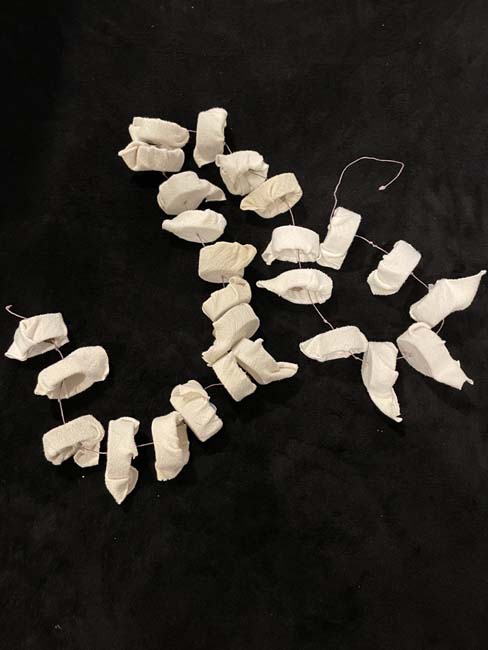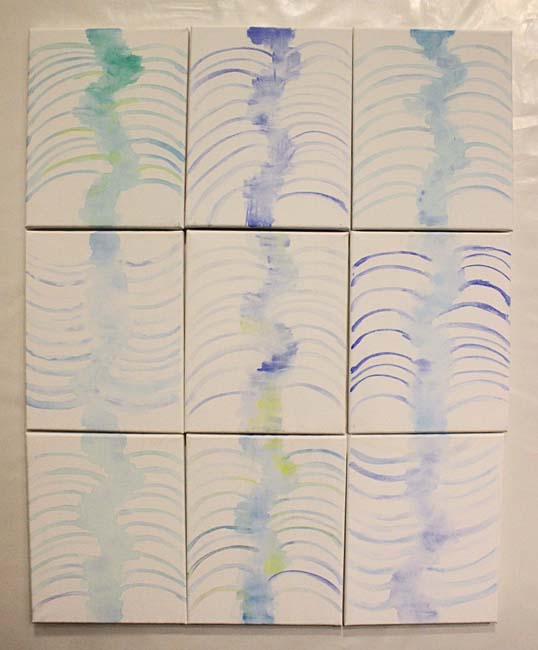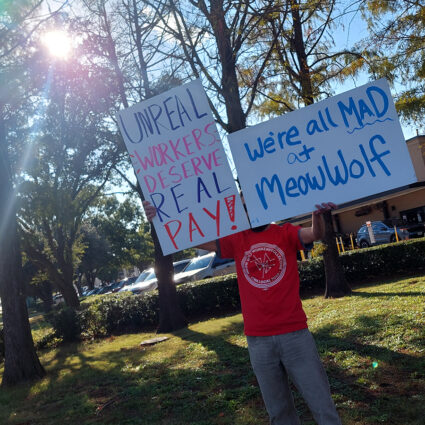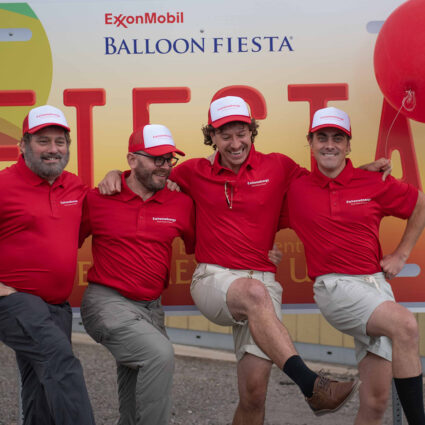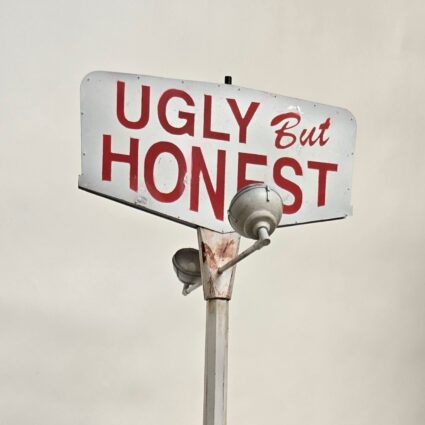As Utah faces the evaporation of the Great Salt Lake, Utah artists are finding ways to orient themselves in disaster by considering the relationship between disability and environment.
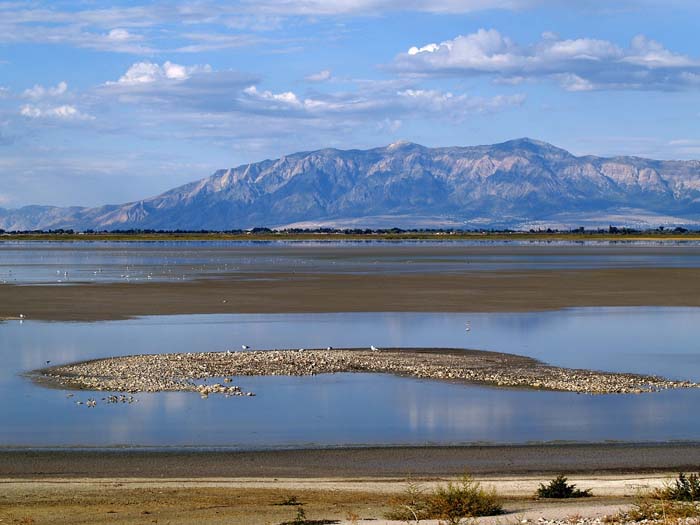
This article is part of our Finding Water in the West series, a continuation of the ideas explored in Southwest Contemporary Vol. 7.
SALT LAKE CITY—As Utah faces the evaporation of the Great Salt Lake, Utahns are finding ways to orient themselves in disaster.
For Stephanie Choi, the process is familiar. In her lyric essay, “Spine: Rematerialized,” Choi unravels the reality of living with a back brace after a scoliosis diagnosis at age twelve. “The only time I took it off was to shower, and for swim practice,” Choi writes. “Thus, I only knew my body separate from the brace whenever I was in water.”
Choi’s essay was included in a fall 2022 exhibition at the Salt Lake City Public Library through Art Access Utah titled Embodied Ecologies that evinced the relationship between environment and disability through twenty-four pieces from twelve contributing artists. “Spine: Rematerialized” was printed in a book alongside a swimming lane line and canvases of watercolor spines that attendees could spray with water. This interaction presented an opportunity for people to glimpse the tactile connection Choi feels between her body and bodies of water. Her reflections acknowledge the ways disability takes shape in response to an environment. When she wasn’t swimming, Choi hid her back brace under large t-shirts and baggy clothing. “No classmate ever saw or noticed it / No one sees it, no one notices / How it’s still around me: all plastic, stickered,” she writes.
The lines are intercut with text from a World Economic Forum article, “Poisonous dust clouds threaten Salt Lake City as the Great Salt Lake continues to lose water,” that describes the ripple effects of climate change-induced evaporation: salinity increases, which kills marine life, which threatens the 10 million migratory birds such as tundra swans and bald eagles who look to the lake for sustenance during winter. Evaporation will expose arsenic, which storms can then kick up into the atmosphere around Salt Lake City—where the majority of Utahns reside, and disabled citizens will be most vulnerable.

Of course, arsenic is bad for everyone. The drying of the Great Salt Lake is a microcosm of climate change’s capacity to become a mass-disabling event. The effects start small and affect fauna, then those with relevant, pre-existing health conditions and then anyone who can’t pay their way to health, eventually affecting everyone. “If we think about those populations in making accommodations in our policy and our treatment of the lake,” says artist and filmmaker Natalie Slater, “that will benefit the collective, all of Salt Lake City and all the Intermountain West.”
Slater curated the Embodied Ecologies exhibition. A graduate student in environmental humanities at University of Utah, Slater is thinking about the human side of environmental issues. “It’s a way to orient yourself in disaster,” Slater says. “There’s sort of this dual reason we should be focusing on people who are most at risk for disaster. That’s not just disabled people but people who experience multiple layers of marginalization. It’s all woven together. It’s all connected.”
A collaborative work by Slater, Choi, and Evangaline Amadu, Mālia Malae-Godinet, Victoria Meza, and Michelle Wentling formed the centerpiece of Embodied Ecologies: Woven Lake (2022), a model of the Great Salt Lake conveying the evaporation between the historic highs of the water level in the 1850s with present-day levels. Two wooden boards sit atop each other, the large one beneath representing the water level high, and the smaller board the low. “The materials used to construct the sculpture were sourced from the working-group member’s individual projects,” says Slater. Choi, for example, included material from her back brace, looping in her lived experience and expressing the interdependence of our ecosystems.
“There is no way to un-curve a spine,” Choi writes. “The ‘cure’ via brace prevents the spine from reaching a curvature where one needs surgery. My spine was diagnosed as ‘curable’ by brace. No surgery would be needed. And yet, over a decade after my ‘cure,’ I sit here in pain.”
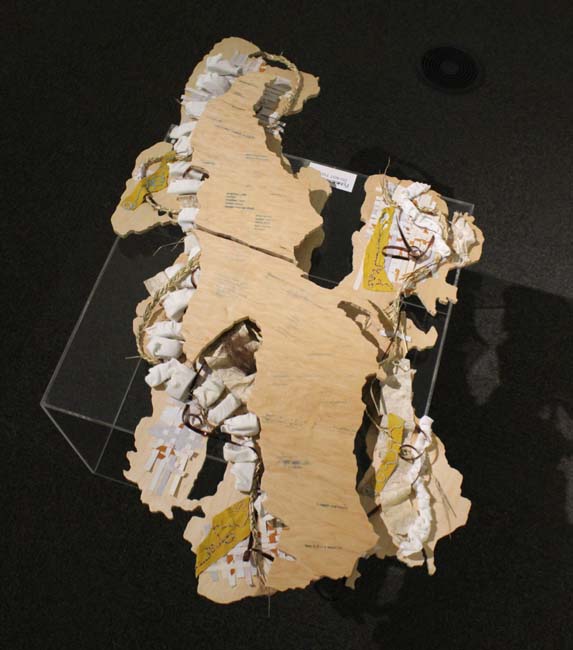
While some of the proposed “cures” for the Great Salt Lake are rooted in sustainability, many are like Choi’s brace in that they can only mitigate a fundamental misalignment. Conservation incentives, diverting water, tiered water pricing—these braces could work, but they will engrain themselves into the societal ecosystem, a collective body that has chosen time and again to sustain the blows of capitalist ideology. Subsequently, our collective body suffers even as local ecologies become healed. “The effects of the lake drying up are unfathomable,” Choi says in an email interview. “Corporate interests and a failure of imagination perpetuate a status quo of extraction from and pollution of bodies of water and human[s], plus other plant and animal bodies.”
We must envision how the pain of the lake drying may be embodied in the years to come. Perhaps the lake will live. Will it flourish? Will 10 million birds find food? “My spine is still curved,” Choi writes. “There is the time before I was diagnosed with scoliosis, the time I wore the brace, and the time since then; but, there’s no clear ‘before’ or ‘after’ disability. I can still reach my arm back and feel the curves in my spine; I say I experience chronic back pain.”

